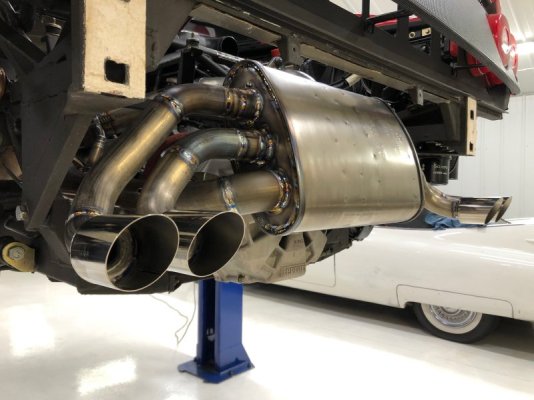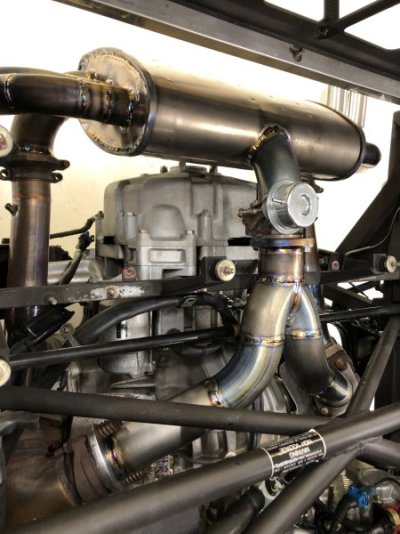fullmetaljacket
Well-Known Member
- Local time
- 7:08 AM
- Joined
- Oct 15, 2010
- Messages
- 2,224
- Reaction score
- 4,065
- Location
- Brooklyn, New York
Thanks for starting this thread, looking foward to learning some tricks.
Thank you for the kind and encouraging words gentlemen. I am kind of a semi perfectionist and the love of true craftsmanship is probably the true driving force here. What may seem like a masterclass is not at all, it's just because over the years, all that I've done is sat down with the car and studied it throughout both standing still and in motion.I just trimmed 16 lbs. off my Savoy just by changing to aluminum shocks. Expensive but I also get the benefit of adjustable suspension and the weight loss is just icing on the cake.
Gus
There is so much to cover and uncover that I predict that this will go all over the place, so I'm going to try and talk through the ever so popular (Region #1) which is enough of a planet all in itself. Again, starting with the hood.
Patience is the virtue here because some of us can not or choose not to go the whole yard and can only entertain certain ways to trim weight based on the wallet, recourses and time. There will be expressions of personal tastes following on most ideas, so thicken your skin Boyz, its gonna be rough. LOL.
As a note: my opinions or adages which in proper grammar should read as" my two cents" will instead be under the heading "My 2%" in homage to the Chrysler skunk work cars that started this whole lightweight F/Xation, the 2% FX cars of '64 and '65.
I'm probably preaching to the choir here since most know how and where to get readily available lightweight parts, but in limited availability for Mopars, carbon fiber seems to be the new kid on the block since its fairly recent trickle down from the F1 playbook. The question is, how many can really afford it.
Carbon Fiber which has been known for its strength, fine finishes and super lightweight properties may cost a prime dime over the more affordable and available fiberglass, but fiberglass has come a long way since its public introduction after World War II and companies like Stinger/Glasstek now offer almost if not perfect replicas of many of the Mopar hoods, fenders, doors and other items in both street and race versions.
As far as hoods, street versions are molded to allow the factory rear hinges while insisting on the usage of lightweight springs and the stock hood latch attachment. Race versions are to be with four hood pins to hold it down in place. A whole lot lighter, but has to be entirely removed by hand to service the engine. If anyone has the 411 on other reputable companies that make a great product, bring it up for air.
If the funds are there to acquire one of the super light hoods in carbon fiber, then enjoy the fruit, but keep in mind that fiberglass will present a substantial weight loss incentive without lightening up the wallet. Just my 2%.
A third option: Light alloy hoods and hood pins both factory and homemade. Keep an ear.


















